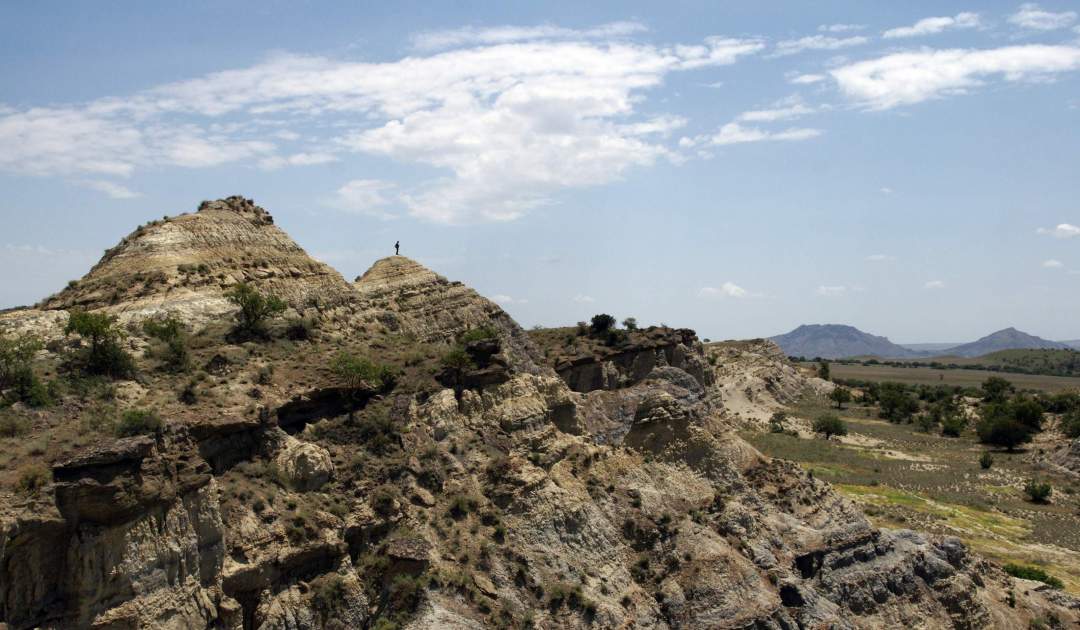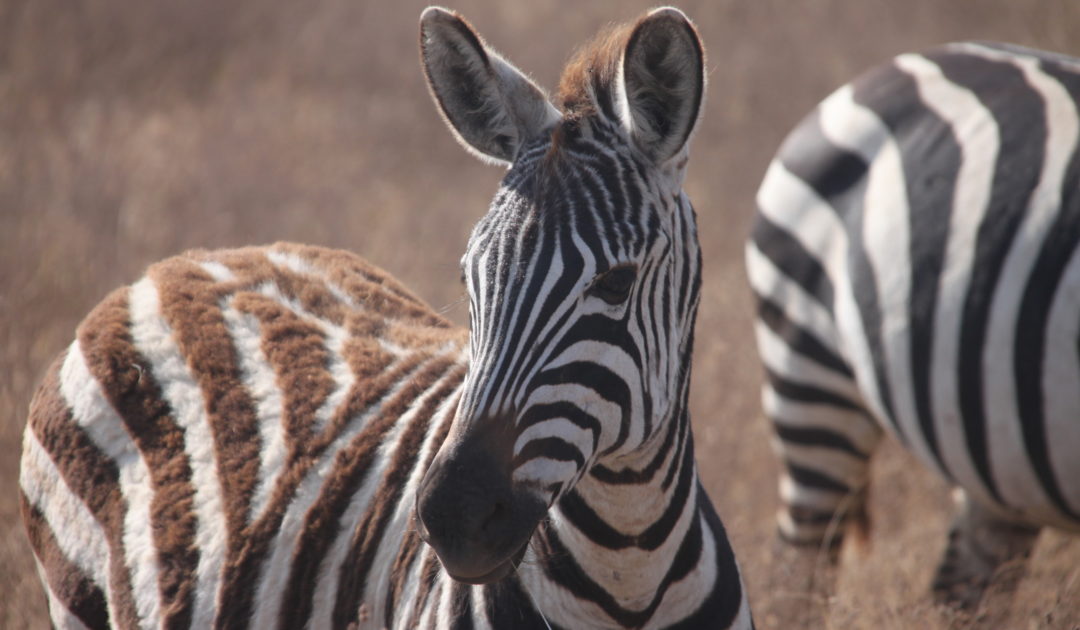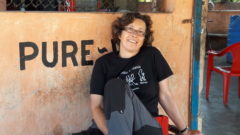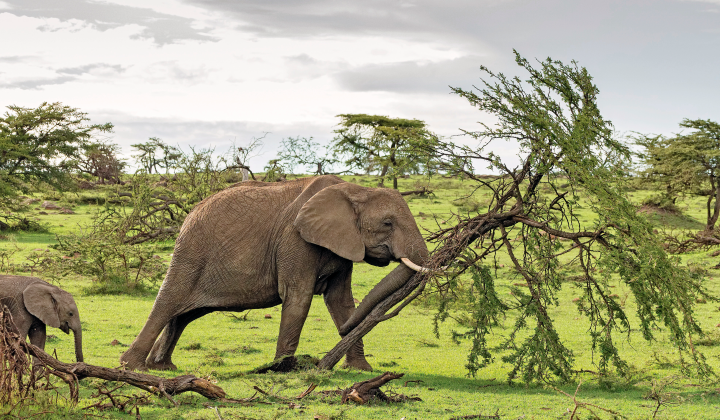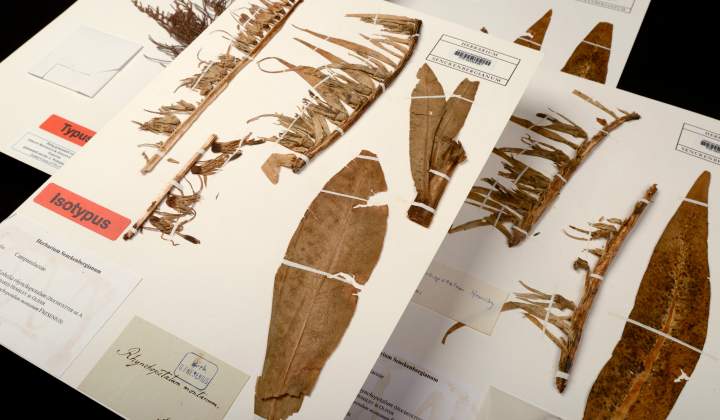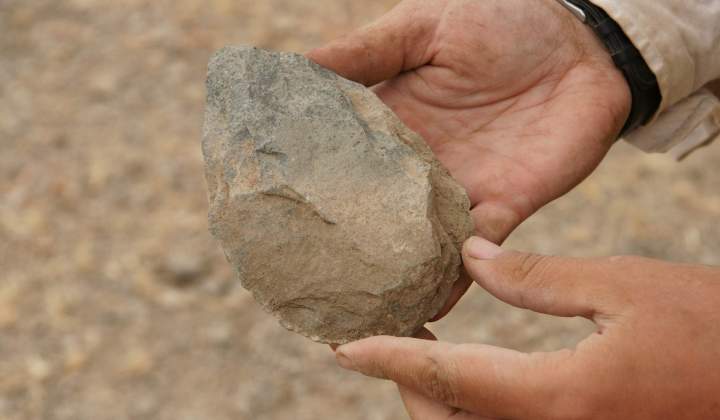What moved our ancestors?
ROCEEH and distribution patterns of early Hominids
Pathfinder: Environmental factors had a huge im-pact on the distribution patterns of early homi-nids. Christine Hertler, a researcher on the Role of Culture in Early Expansions of Humans (ROCEEH) project develops quantitative methodologies for the analysis and reconstruction of Hominid ecolo-gy and their habitats.
Time travel in southern Africa
Hertler studies the structure, dynamics and diver-sity of fossilised large mammal communities. Her work is based on the assumption that differing hominid species also differ in their potential to settle in certain habitats using specific resources relative to the area in question. Although the spe-cies spectrum in habitats occupied by hominids has not remained unchanged in the past three million years, the ecology of fossilised biomes can nonetheless be compared with those still in existence today.
Research focuses primarily on southern Africa. Five different biomes can be found in South Afri-ca today. Biomes are vegetation units. Their de-marcation in relation to large mammal communi-ties is imprecise but can still be quantitatively analysed. The Cape region is of particular interest because it gives the greatest insight into the life-styles of early anatomically modern humans, Homo sapiens. The composition of fauna is determined by the spread of populations along the east and west coasts of South Africa. The animal communities, both in their composition and their diversity, reflect the climatic fluctuations of the past three million years. Because fossilised plants are extremely rare, faunal remains play a vital role in reconstruction efforts.
Factors affecting human distribution
The ROCEEH project receives funding from the Heidelberg Academy of Sciences and Humanities for a period of 20 years. Research focuses on the study of spatial and temporal distribution of hu-mans in Africa and Eurasia on a timescale of three million to 20,000 years ago. A basic hypothesis is that the impact of environmental change declined over time, while cultural and technologi-cal factors gained in importance. For more about the project, visit: www.roceeh.net.
